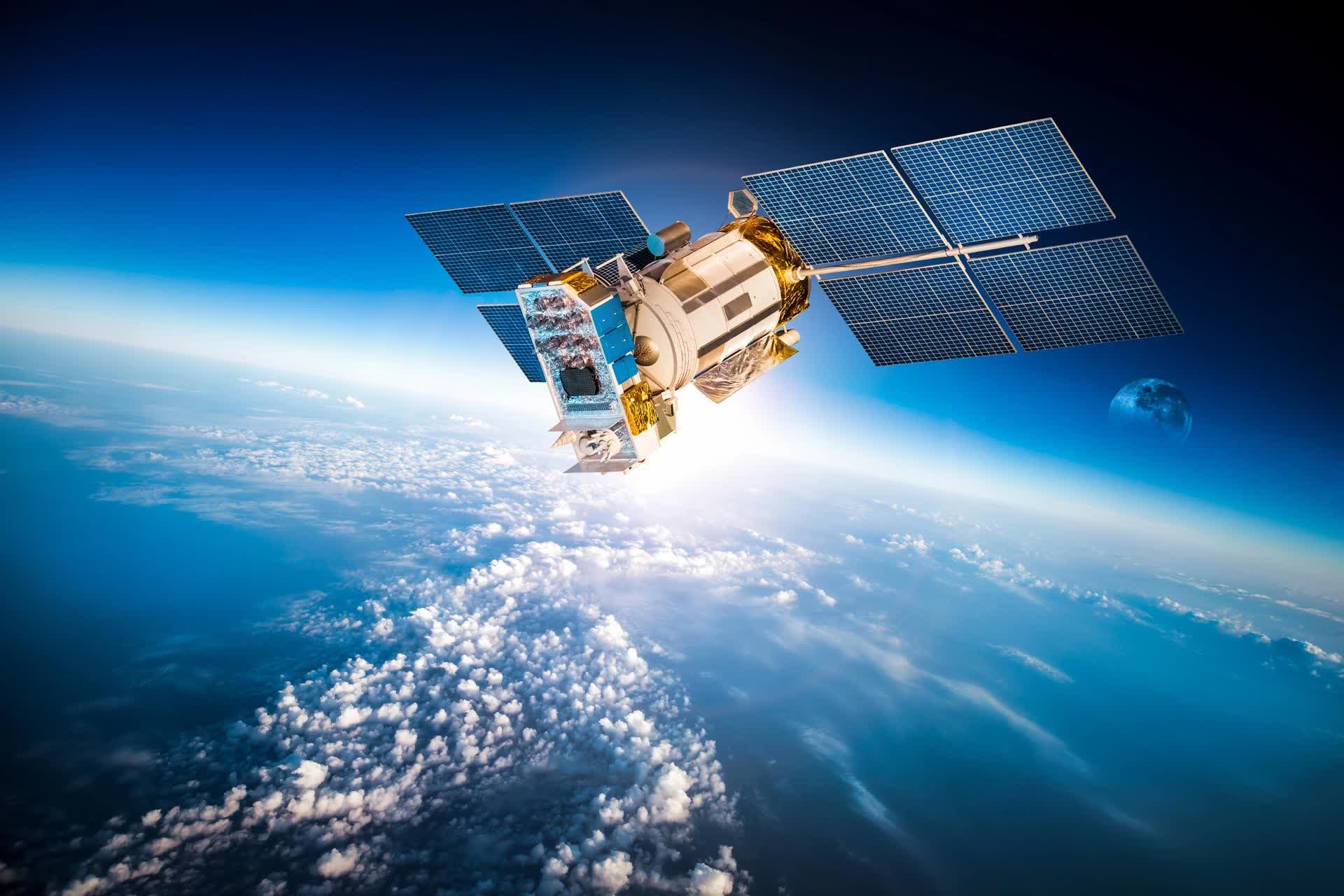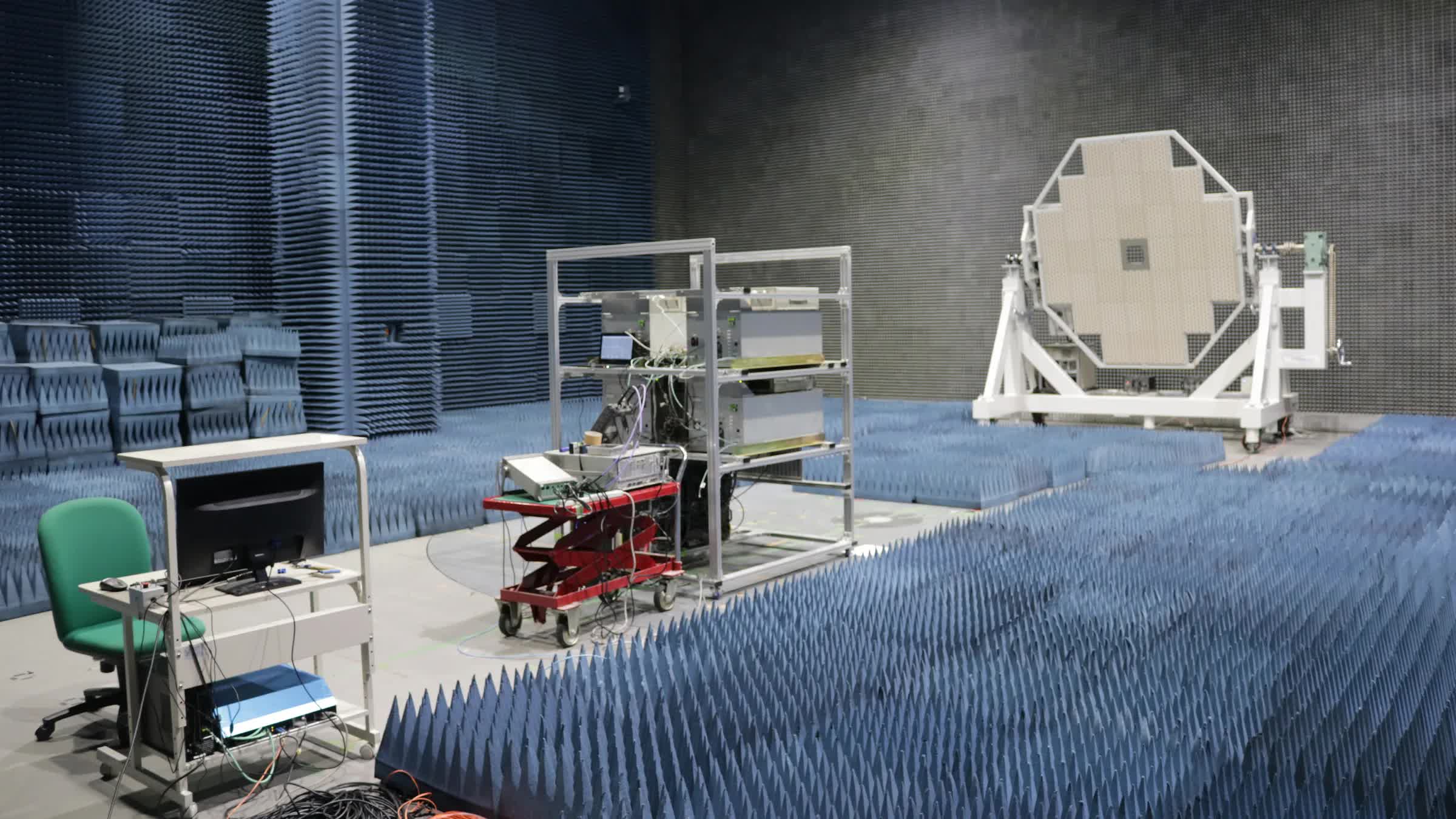Forward-looking: Japan's decades-long mission to transmit solar power collected in space back to Earth could move a step closer to reality in just a few years. A public-private partnership wants to start a trial sometime around 2025 using small satellites launched into orbit.
An American physicist first proposed the concept of launching solar panels into space to generate electricity in 1968. The idea is to turn the captured solar power into microwaves before sending them to ground-based stations over 22,000 miles away to be converted into electricity.
Nikkei reports that in the 1980s, Japan was the first country in the world to successfully transmit power via microwaves in space. Kyoto University professor Naoki Shinohara took over the group that achieved this feat, and in 2009 it was able to transmit power from an airship flying at an altitude of 30 meters (98.4 feet) to a mobile phone on the ground.
Kyoto University test equipment
Another breakthrough came in 2015 when Japan and scientists from the country's space administration successfully beamed 1.8 kilowatts of power, enough to power a small kettle, more than 50 meters to a small receiver without the use of wires. Distances between 1km (0.6 miles) and 5km (3.1 miles) will be attempted at some point in the future.
The biggest experiment will take place in the middle of the century (fiscal 2025) when small satellites will be used to see if they can send power from outer space to ground-based receiving stations.
Successfully beaming power from space has become a global race. The US Air Force Research Laboratory and the California Institute of Technology are trying to do the same thing, and so are Chongqing University in China and the European Space Agency.
Clean and unlimited renewable energy is an appealing prospect for countries, especially as more companies aim for net-zero carbon dioxide emissions. But the biggest issue will likely be the cost. Generating the equivalent of one nuclear reactor (1 gigawatt) would require a square of space-based solar panels measuring 2 km (1.2 miles) on each side. It's estimated that an array of this size would cost more than $7.1 billion.
https://www.techspot.com/news/98869-japan-mission-beam-solar-power-space-2025.html

